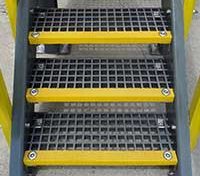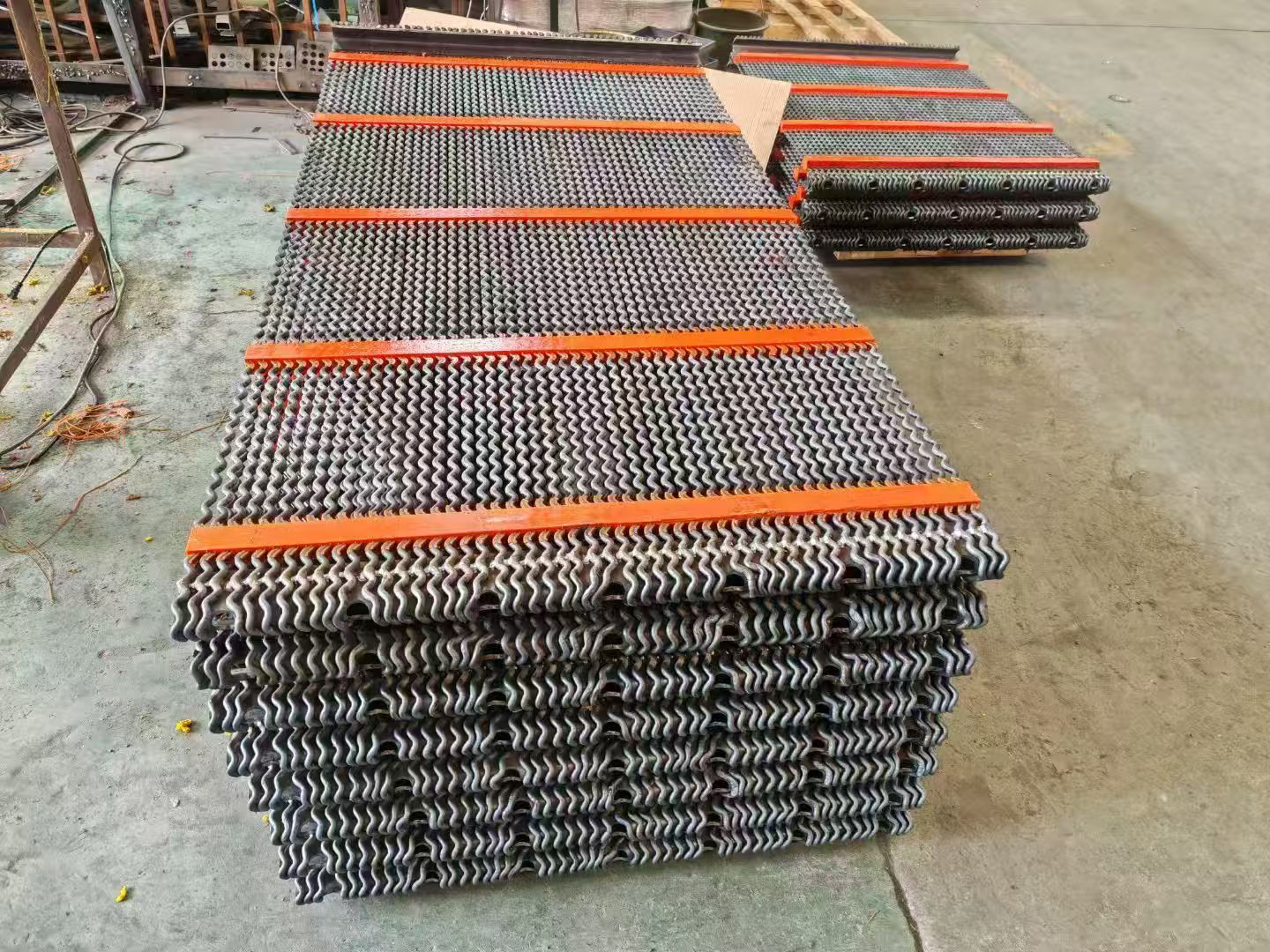Enhancing Construction Safety: The Benefits of Perforated Safety Panels
2025-11-06
Enhancing Construction Safety: The Benefits of Perforated Safety Panels
Table of Contents
1. Introduction to Perforated Safety Panels
2. The Importance of Safety in Construction
3. What are Perforated Safety Panels?
4. Advantages of Using Perforated Safety Panels
4.1 Enhanced Visibility and Surveillance
4.2 Lightweight yet Durable
4.3 Improved Ventilation
4.4
Enhancing Construction Safety: The Benefits of Perforated Safety Panels
Table of Contents
- 1. Introduction to Perforated Safety Panels
- 2. The Importance of Safety in Construction
- 3. What are Perforated Safety Panels?
- 4. Advantages of Using Perforated Safety Panels
- 4.1 Enhanced Visibility and Surveillance
- 4.2 Lightweight yet Durable
- 4.3 Improved Ventilation
- 4.4 Aesthetic Appeal
- 4.5 Cost-Effectiveness
- 5. Applications of Perforated Safety Panels in Construction
- 6. Installation and Maintenance of Perforated Safety Panels
- 7. Compliance with Safety Regulations
- 8. The Future of Perforated Safety Panels in Construction
- 9. Frequently Asked Questions
- 10. Conclusion
1. Introduction to Perforated Safety Panels
In the construction industry, safety remains a top priority. Among the various safety measures that organizations implement, the use of **perforated safety panels** stands out as a transformative solution. These panels not only offer protection but also improve the overall functionality of construction sites. In this article, we will delve into the myriad benefits of perforated safety panels, their applications, and how they enhance construction safety.
2. The Importance of Safety in Construction
Construction sites are fraught with hazards, including falls, equipment accidents, and exposure to harmful materials. According to the Occupational Safety and Health Administration (OSHA), thousands of injuries occur every year due to unsafe working conditions. Implementing robust safety measures is essential to protect workers and minimize risks. Safety panels play a crucial role in this regard by serving as barriers that prevent accidents while providing visibility for surveillance and monitoring.
3. What are Perforated Safety Panels?
Perforated safety panels are typically made of steel or other durable materials, featuring a series of holes or slots strategically placed throughout the surface. This design allows for visibility and airflow while maintaining structural integrity. These panels are used in various applications, including scaffolding, temporary partitions, and fencing, to enhance safety on construction sites.
4. Advantages of Using Perforated Safety Panels
Perforated safety panels offer a plethora of advantages that contribute to safer construction environments. Let's take a closer look at these benefits.
4.1 Enhanced Visibility and Surveillance
One of the standout features of perforated safety panels is their ability to enhance visibility. These panels allow workers and site managers to monitor activities easily, ensuring that all safety protocols are followed. The visibility provided by perforated designs helps in identifying potential hazards quickly, thus facilitating swift responses to mitigate risks.
4.2 Lightweight yet Durable
Despite their strength, perforated safety panels are surprisingly lightweight. This characteristic makes them easier to transport, handle, and install compared to traditional solid panels. Constructed using high-quality materials, these panels can withstand harsh environmental conditions, ensuring long-lasting performance on construction sites.
4.3 Improved Ventilation
Proper ventilation is crucial on construction sites to prevent the buildup of harmful fumes and improve air quality. Perforated safety panels allow air circulation without compromising safety. This feature helps maintain a healthier work environment, thereby enhancing worker comfort and productivity.
4.4 Aesthetic Appeal
Beyond functionality, perforated safety panels can elevate the aesthetic appeal of a construction site. The modern look of these panels can be integrated into various design schemes, making them suitable for both temporary and permanent installations. Their visual appeal can contribute to a positive impression among clients and passersby.
4.5 Cost-Effectiveness
When evaluating construction materials, cost-effectiveness is a significant factor. Perforated safety panels are not only reasonably priced but also reduce the need for additional safety measures. By preventing accidents and injuries, these panels can lead to substantial cost savings over time.
5. Applications of Perforated Safety Panels in Construction
Perforated safety panels are versatile and can be utilized in various ways throughout the construction process. Here are some of the key applications:
1. **Scaffolding**: Used to safeguard workers from falls and debris.
2. **Temporary Fencing**: Provides protection while allowing visibility for site monitoring.
3. **Partitions**: Creates safe work zones without obstructing airflow.
4. **Safety Screens**: Acts as a barrier against flying debris while offering visibility.
6. Installation and Maintenance of Perforated Safety Panels
Installing perforated safety panels is a straightforward process. However, it is essential to ensure that they are securely fastened to withstand environmental factors. Regular maintenance checks should be performed to identify any wear or damage, ensuring that the panels continue to provide optimal safety. Cleaning the panels periodically will also prevent debris buildup and maintain their aesthetic appeal.
7. Compliance with Safety Regulations
Construction companies must adhere to strict safety regulations set by OSHA and local authorities. Perforated safety panels help organizations comply with these regulations by providing an additional layer of safety. By utilizing these panels, companies can demonstrate their commitment to worker safety and risk management.
8. The Future of Perforated Safety Panels in Construction
As construction technology evolves, the demand for innovative safety solutions continues to rise. The future of perforated safety panels appears promising, with advancements in materials and design. Companies are exploring eco-friendly alternatives, smart panels with integrated monitoring systems, and enhanced aesthetic options. These developments will further solidify perforated safety panels as a staple in modern construction safety strategies.
9. Frequently Asked Questions
Q1: How do perforated safety panels compare to solid panels in terms of safety?
A1: While solid panels offer privacy, perforated panels provide visibility and ventilation, enhancing overall safety by allowing for monitoring and airflow.
Q2: Are perforated safety panels suitable for all weather conditions?
A2: Yes, high-quality perforated safety panels are designed to withstand various weather conditions, ensuring reliability and durability.
Q3: Can perforated safety panels be customized?
A3: Absolutely! Many manufacturers offer customization options, allowing for specific sizes, designs, and hole patterns to meet project requirements.
Q4: What materials are used in the production of perforated safety panels?
A4: Common materials include steel, aluminum, and other durable metals, chosen for their strength and longevity.
Q5: How do I maintain perforated safety panels?
A5: Regular cleaning and inspections are recommended to ensure panels remain in good condition, allowing for optimal safety and functionality.
10. Conclusion
Perforated safety panels are an invaluable addition to modern construction practices, providing a unique blend of safety, functionality, and aesthetic appeal. Their lightweight, durable nature, combined with enhanced visibility and ventilation, makes them a preferred choice for construction sites worldwide. By adopting these panels, construction companies can significantly enhance worker safety, comply with regulations, and create a healthier work environment. As the industry continues to innovate, we can expect even more advancements in the design and application of perforated safety panels, ensuring that safety remains at the forefront of construction practices.
Key words:
RELATED INFORMATION
Enhancing Construction Safety: The Benefits of Perforated Safety Panels
Enhancing Construction Safety: The Benefits of Perforated Safety Panels
Table of Contents
1. Introduction to Perforated Safety Panels
2. The Importance of Safety in Construction
3. What are Perforated Safety Panels?
4. Advantages of Using Perforated Safety Panels
4.1 Enhanced Visibility and Surveillance
4.2 Lightweight yet Durable
4.3 Improved Ventilation
4.4
2025-11-06




